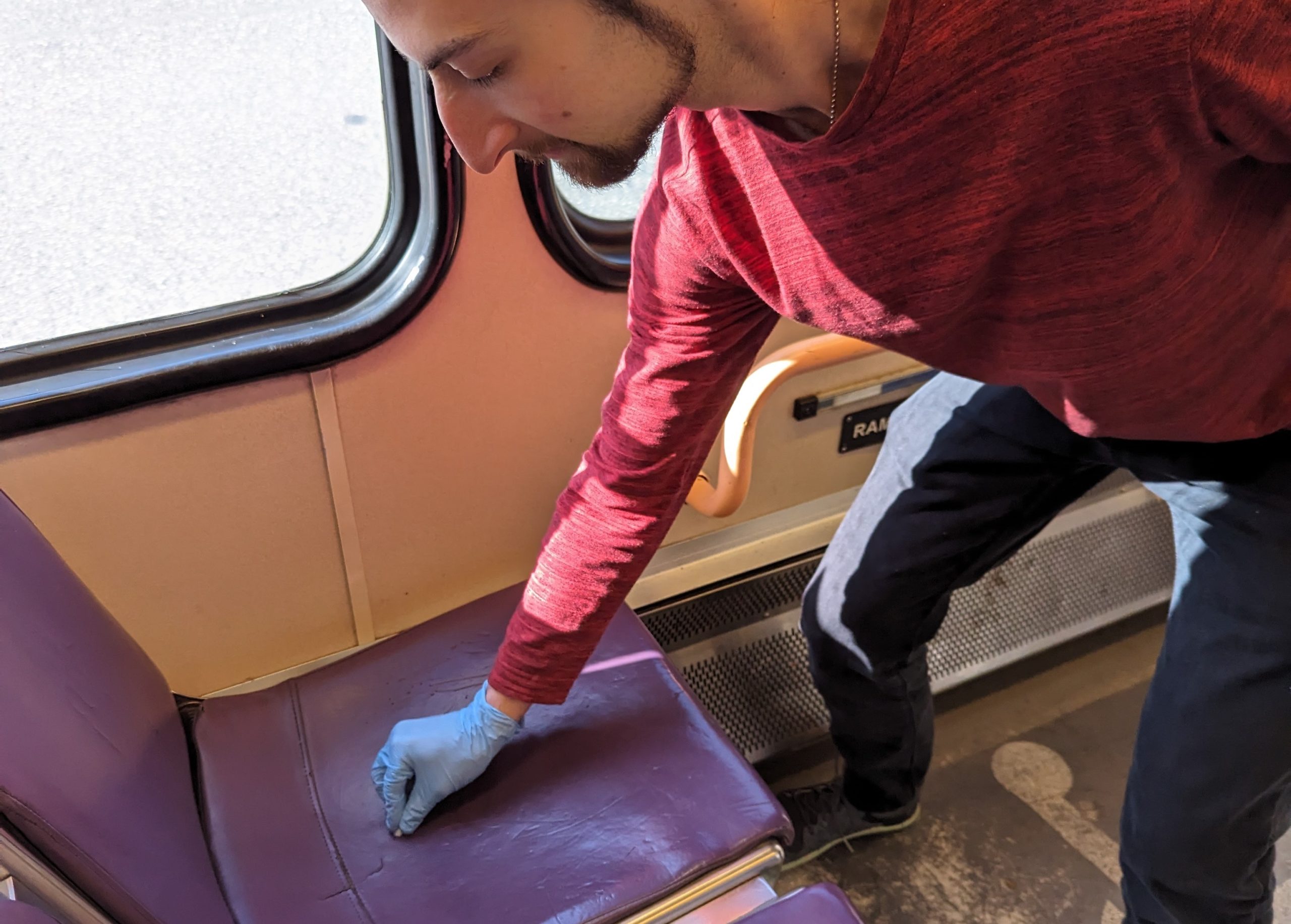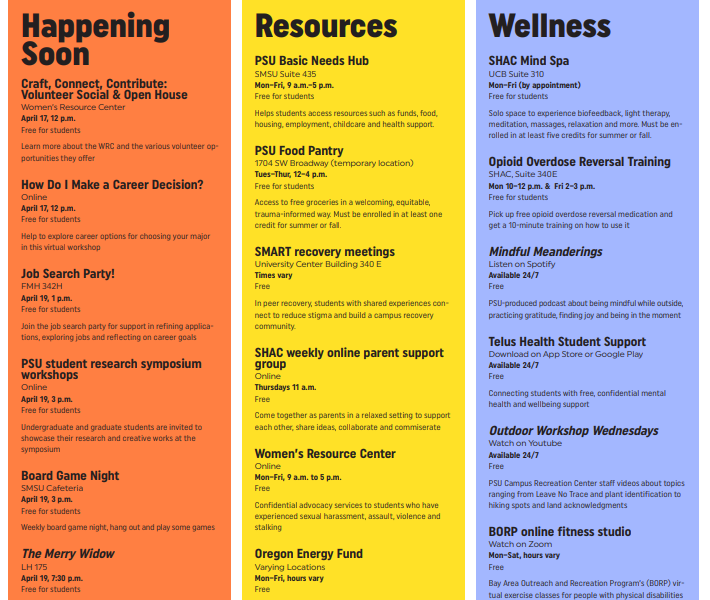In the hustle and bustle of everyday life, public transportation is a lifeline for many in Portland, providing a convenient and cost-effective means of commuting. However, questions of safety have emerged since researchers at the University of Washington (UW) found drug residues on public transit surfaces.
Fentanyl and methamphetamine—notorious for their impact on public health—have found an unexpected home in the seemingly mundane spaces of TriMet’s street cars.
Fentanyl is a synthetic opioid. It’s 50 times more potent than heroin, a lot cheaper to buy and to manufacture and 100 times stronger than morphine, according to the Centers for Disease Control and Prevention (CDC).
Oregon has recorded the highest percentage increase in fentanyl overdose deaths since 2019, according to the CDC. The report shows that Oregon’s fentanyl overdose rate has grown 1,500% since before the pandemic, the highest rate of increase in the United States, with 1,268 deaths between Sept. 2019 and Sept. 2023.
Officials from Portland and Multnomah County declared a 90-day fentanyl emergency on Jan. 30, 2024 in central Portland which was designed to target drug dealers and users. “A fentanyl use crisis exists across the nation and in Oregon,” stated Oregon Governor Tina Kotek’s executive order. “In Portland City Center, fentanyl use has precipitated a state of public emergency. This emergency exists due to injuries and deaths from fentanyl use.”
Given this seemingly widespread problem in Portland, Dr. James F. Pankow—a professor and researcher specializing in chemistry at Portland State—and his students were motivated by the ongoing crisis and the UW study results to do a similar study. So they embarked on a journey to replicate and expand upon the UW findings.
Pankow explained the two-step process employed by his students. “The initial sampling phase, utilizing cotton swabs to collect surface residue, [is] followed by laboratory analysis through an analytical instrument,” Pankow said.
“It came about when we realized that these chemicals—which are used by people who take public transportation—stay on the surfaces of the vehicles,” Pankow said. “Even though it’s hard to figure out exactly what these chemicals mean for public health, because the amounts are so low but can still be found, a lot of people are being exposed to them.”
Pankow’s students also looked at how much cocaine was on paper money to determine other ways people could be exposed to illegal drugs in minute quantities.
Pankow emphasized the difficulty in genuinely gauging the risk of these substances and hesitated at the urgency of addressing drug residue on public transit without concrete data.
While acknowledging the presence of detectable levels, he highlighted the challenge of determining the exact implications for passenger and staff health. The professor emphasized that we live in a chemical environment and exposure is inevitable, whether legal or illicit.
Duncan Turley—an undergraduate environmental engineering student—worked on this research study with Pankow. “The team wanted to find answers to questions that were bothering us, like, ‘Are commuters at risk?’” Turley said. “‘Should safety steps be taken, like wearing a mask?’”
“We are focusing on the use of a mass spectrometer to accurately find and identify fentanyl and methamphetamine levels compared to prepared lab standards,” Turley said. “The ultimate goal is to bring awareness to the issue, empowering people to make informed decisions about their safety.”
Adam Allina—a civil and environmental engineering undergraduate student—also worked on the research study. “I use the TriMet regularly, where I have observed certain areas—particularly on MAX trains—appearing unsanitary,” he said. “Wondering about the levels of drug residue in different modes of transportation, I decided to explore the issue further.”
Allina elaborated on the Gas Chromatography Mass Spectrometry (GC-MS) method used by the team, involving a GC-MS for accurate and specific compound detection. He outlined his hypothesis regarding the higher likelihood of drug residues on MAX Light Rail trains than on buses or streetcars. His concerns extended beyond personal exposure during transit, contemplating the contaminants he might unknowingly bring home.






